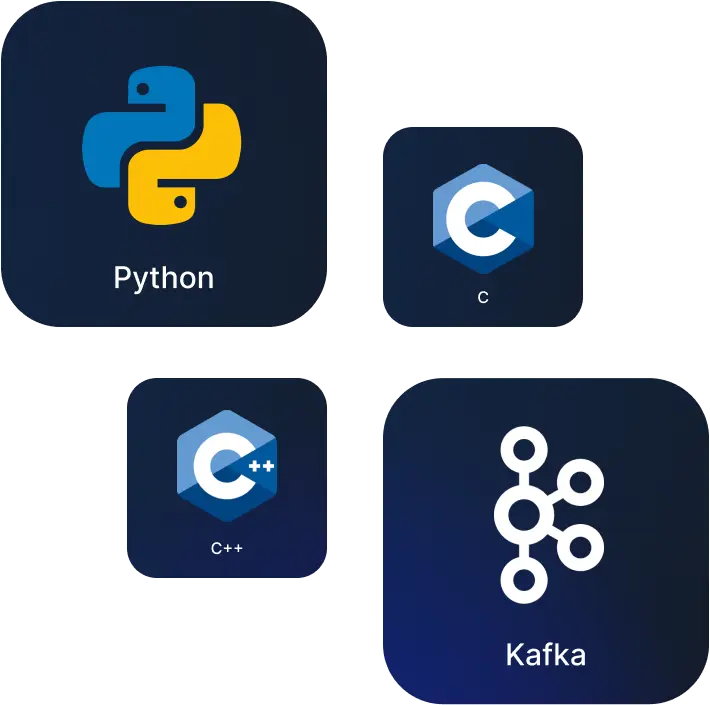Case Study – Prince William
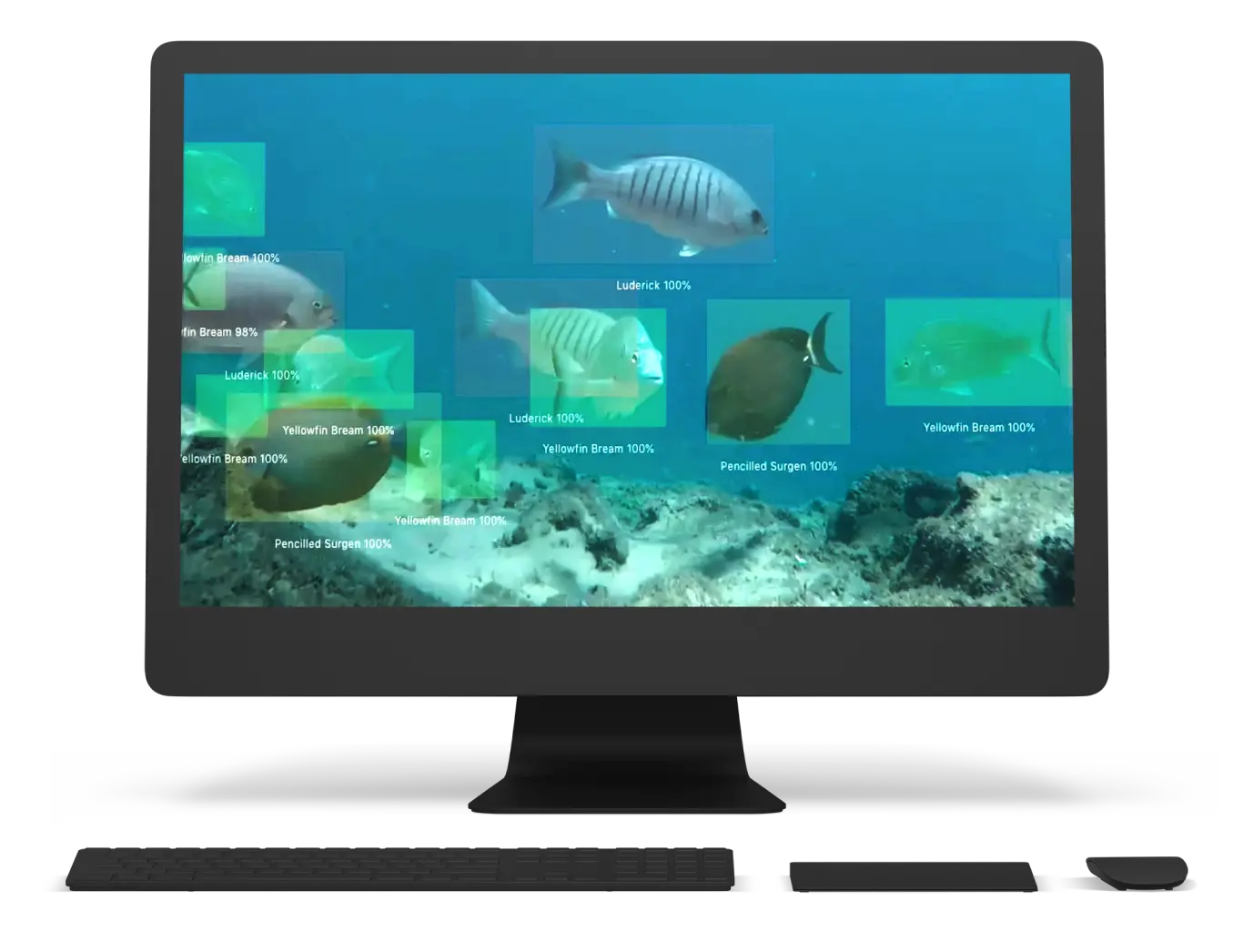
Overview
The Prince William Sound Science Center (PWSSC) is an independent Alaskan research and education non-profit dedicated to promoting, cataloging, and sharing relevant science for the benefit of residents, resource managers, and other local stakeholders. PWSSC plays a crucial role in understanding ecological changes, especially in a world where shifts in atmospheric and ocean climates threaten livelihoods and present complex challenges for those managing and enhancing the planet’s vital living resources. However, the center faced significant pain points in accurately collecting and analyzing data on fish populations and environmental conditions.
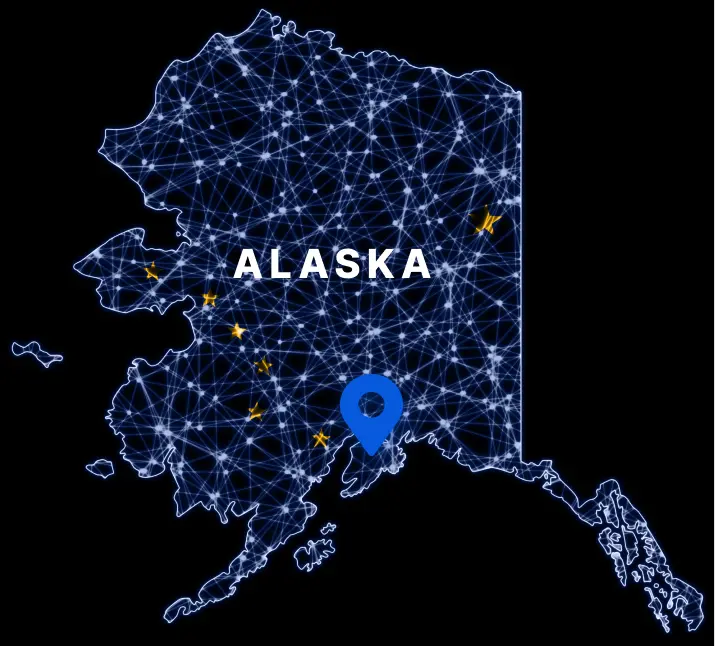

Problem
- Inaccurate Data Collection: PWSSC needed to detect and count four classes of fish moving upstream and downstream in Prince William Sound, but the current system was inefficient and inaccurate, resulting in unreliable data.
- Impact on Research: The unreliable data compromised scientific research on weather patterns and ecological changes, hindering effective resource management and conservation efforts.

Key Requirements


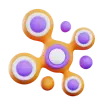

ZED cameras.



rate (FPS) of 10.
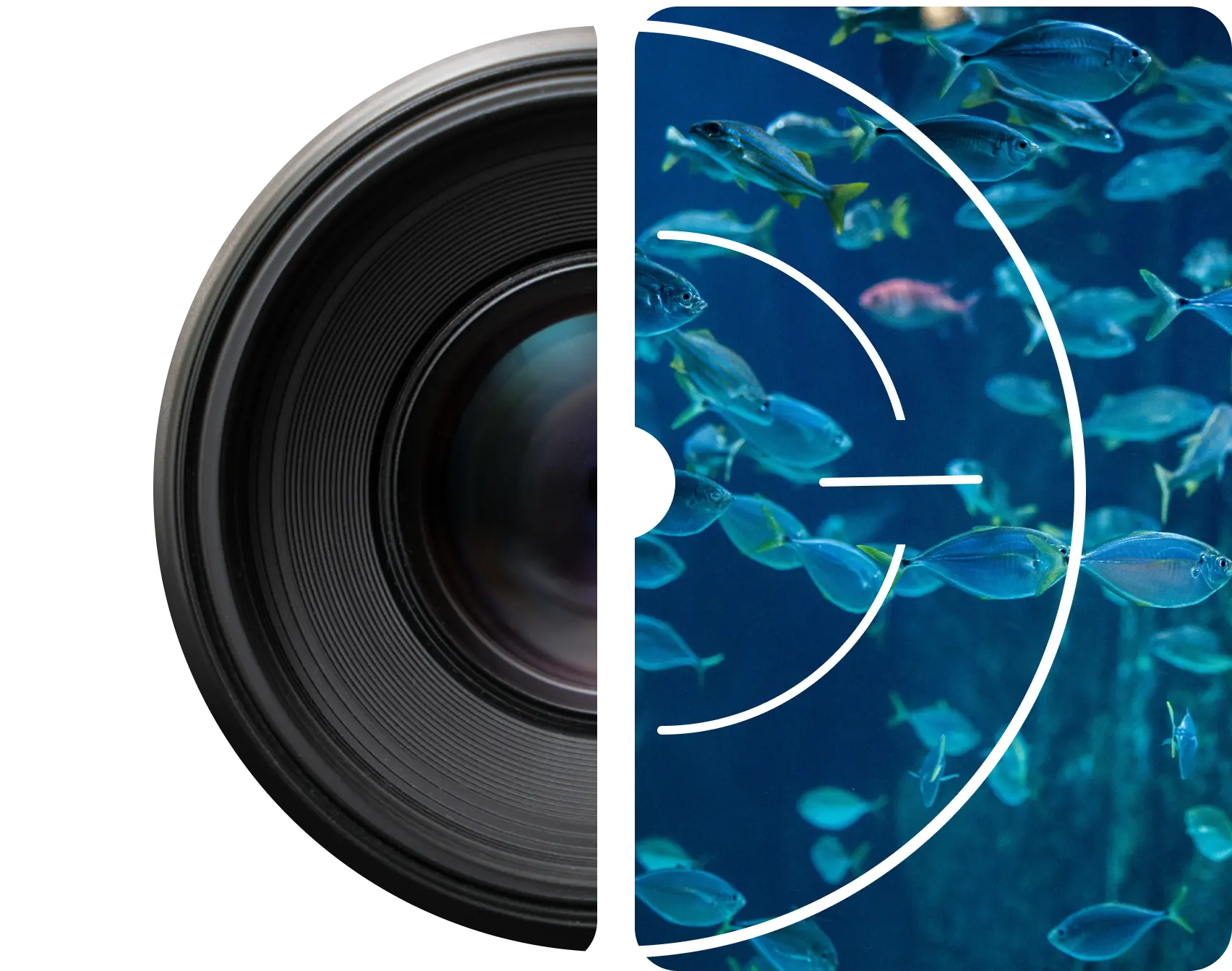
AI Computer Vision
Artificial intelligence (AI) trains computers to interpret and understand the visual world. By using digital images from cameras and videos as well as deep learning models, computers can accurately identify and classify objects and then react to what they “see” in a manner defined by their programming. This technology combines machine learning and pattern recognition to mimic the way the human vision system works, but with the ability to process and analyze data at a scale and speed that humans cannot match.
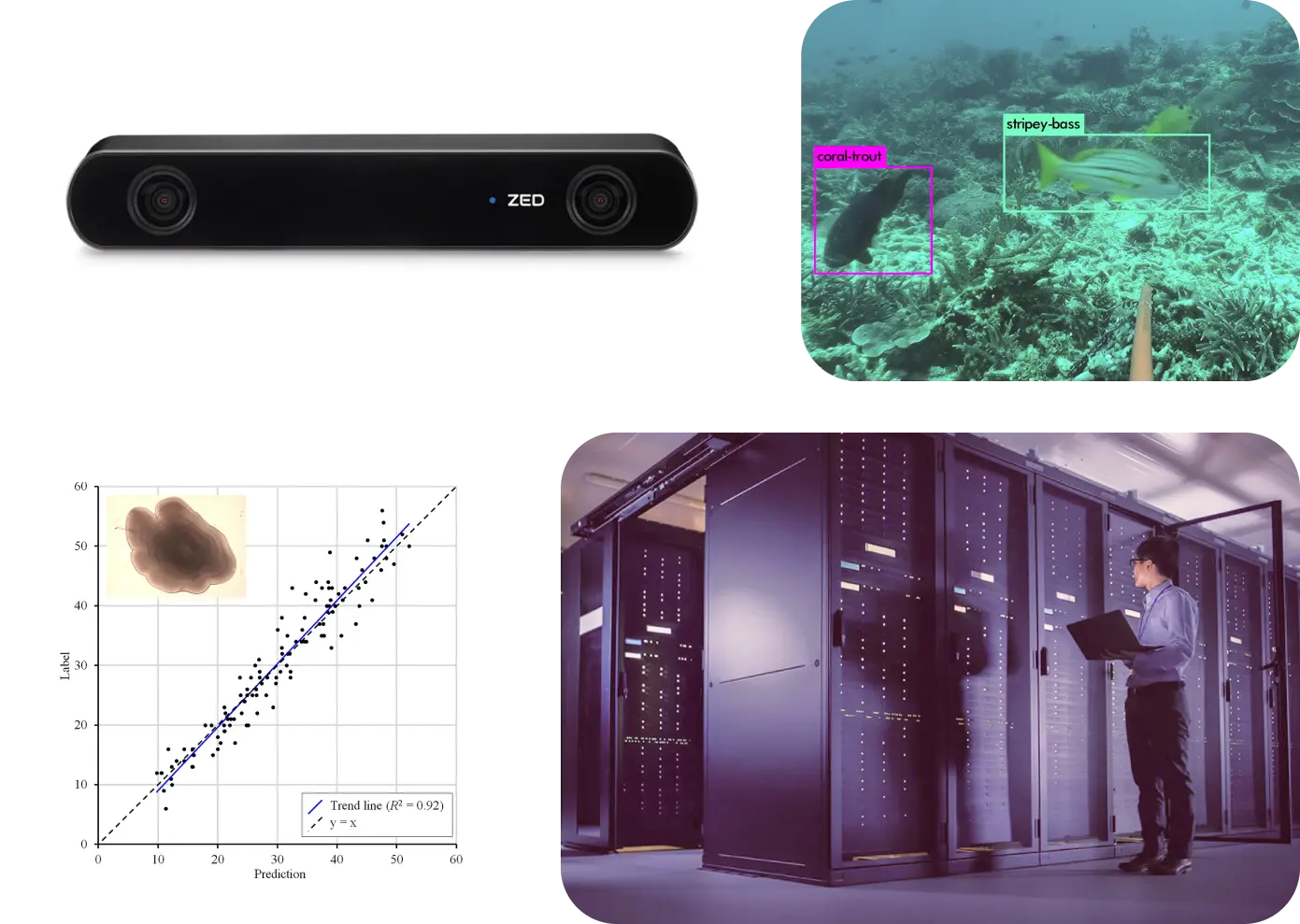
Our Solution
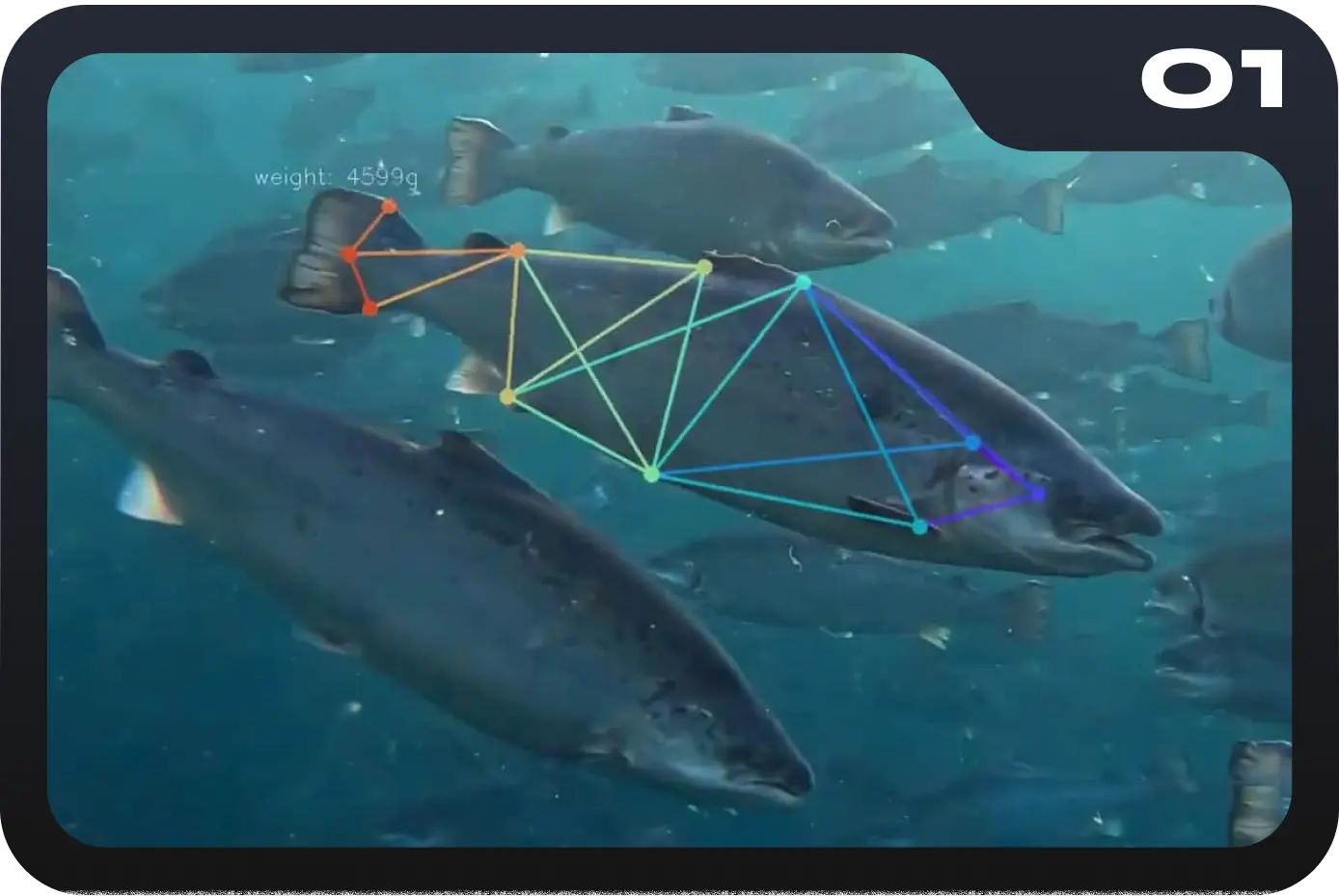

AI Computer Vision:
Nyx Wolves utilized deep learning to train the model on labeled images of the four classes of fish. The system runs the model on the ZED 2 camera’s view, tracking fish across frames using the tracker module. The analytics module performs counting and line crossing detection, sending data to the communication buffer, which then transmits it to cloud storage for further analysis.
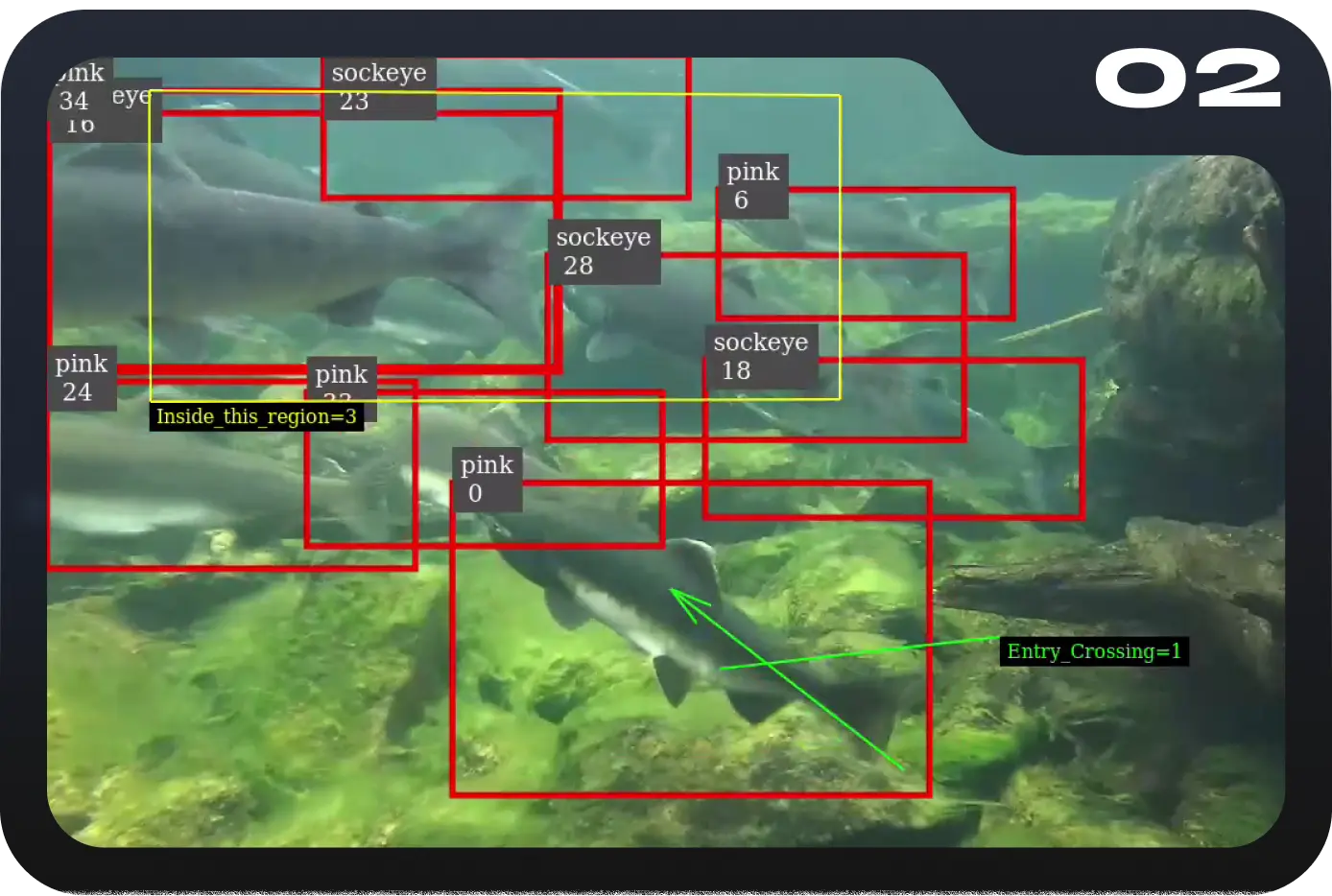

System Deployment:
The solution was deployed on Jetson Nano with underwater ZED cameras, achieving the desired frame rate of 10 FPS.
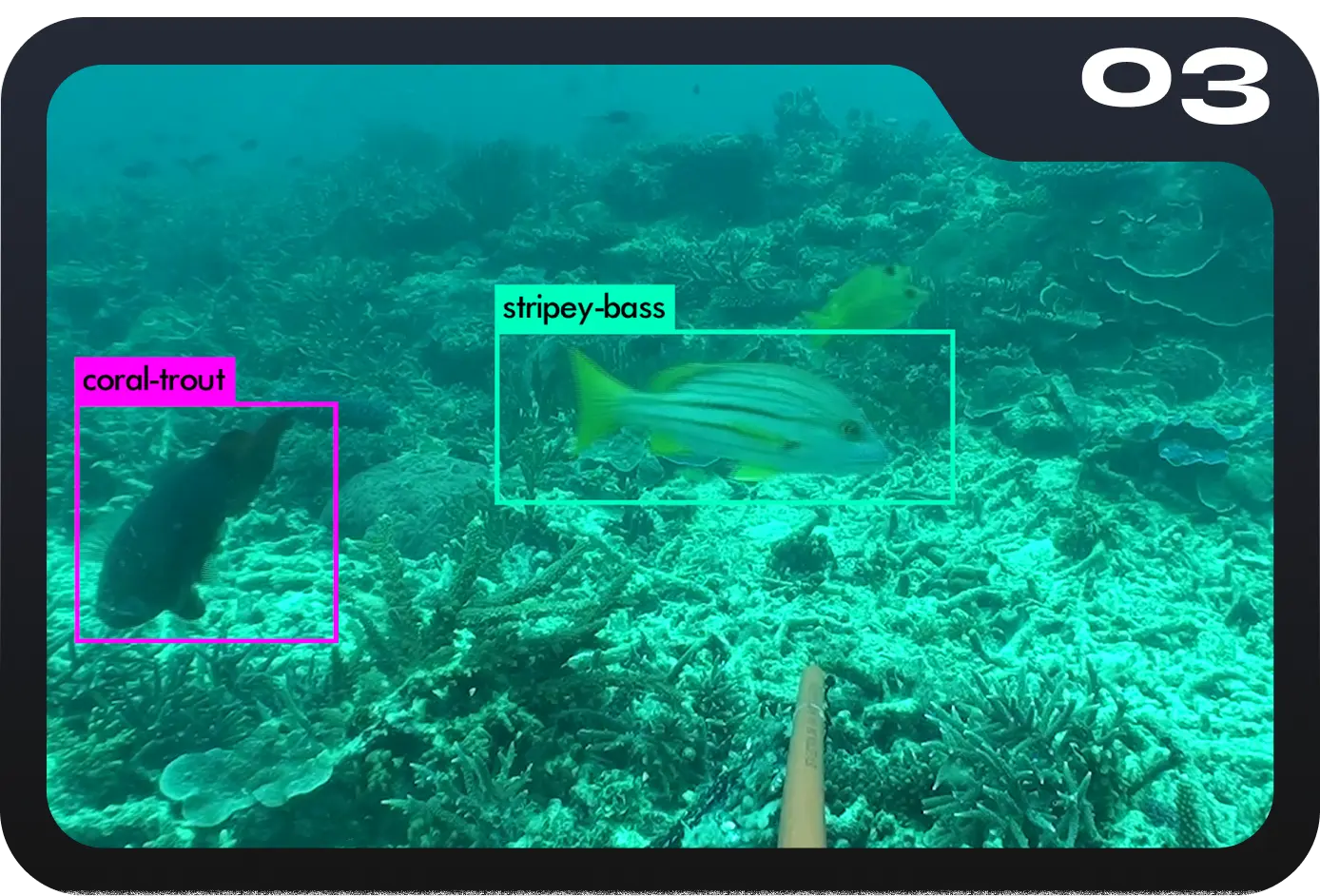
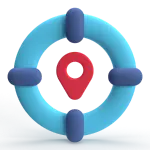
Enhanced Accuracy:
The AI-based computer vision system provided high accuracy in fish detection and counting, outperforming manual methods.
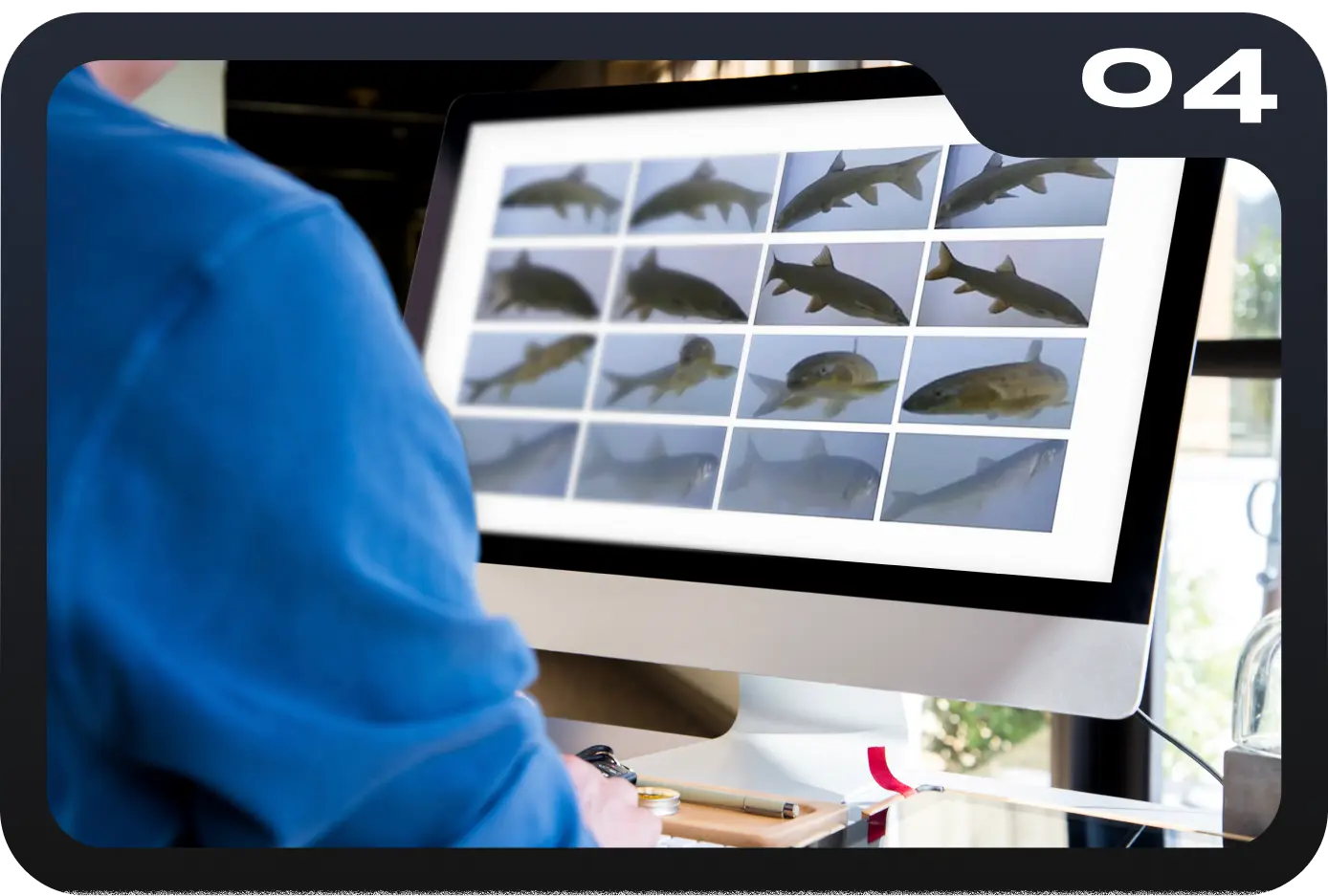

Non-intrusive Monitoring:
The system allowed for non-invasive monitoring, reducing stress on fish and minimizing ecosystem disruption.
Result
Accuracy and Efficiency:
The system accurately detects and counts the number of fish moving upstream and downstream, classifying them by species with high accuracy.

Data Transmission:
The collected data is reliably sent to cloud storage, where it is used for further analysis in scientific research on weather patterns.
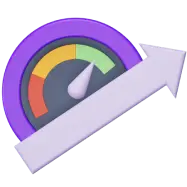
Enhanced Performance:
Achieving the desired FPS of 10, the system is more efficient and reliable than previous methods, providing valuable insights for ecological and weather-related studies.
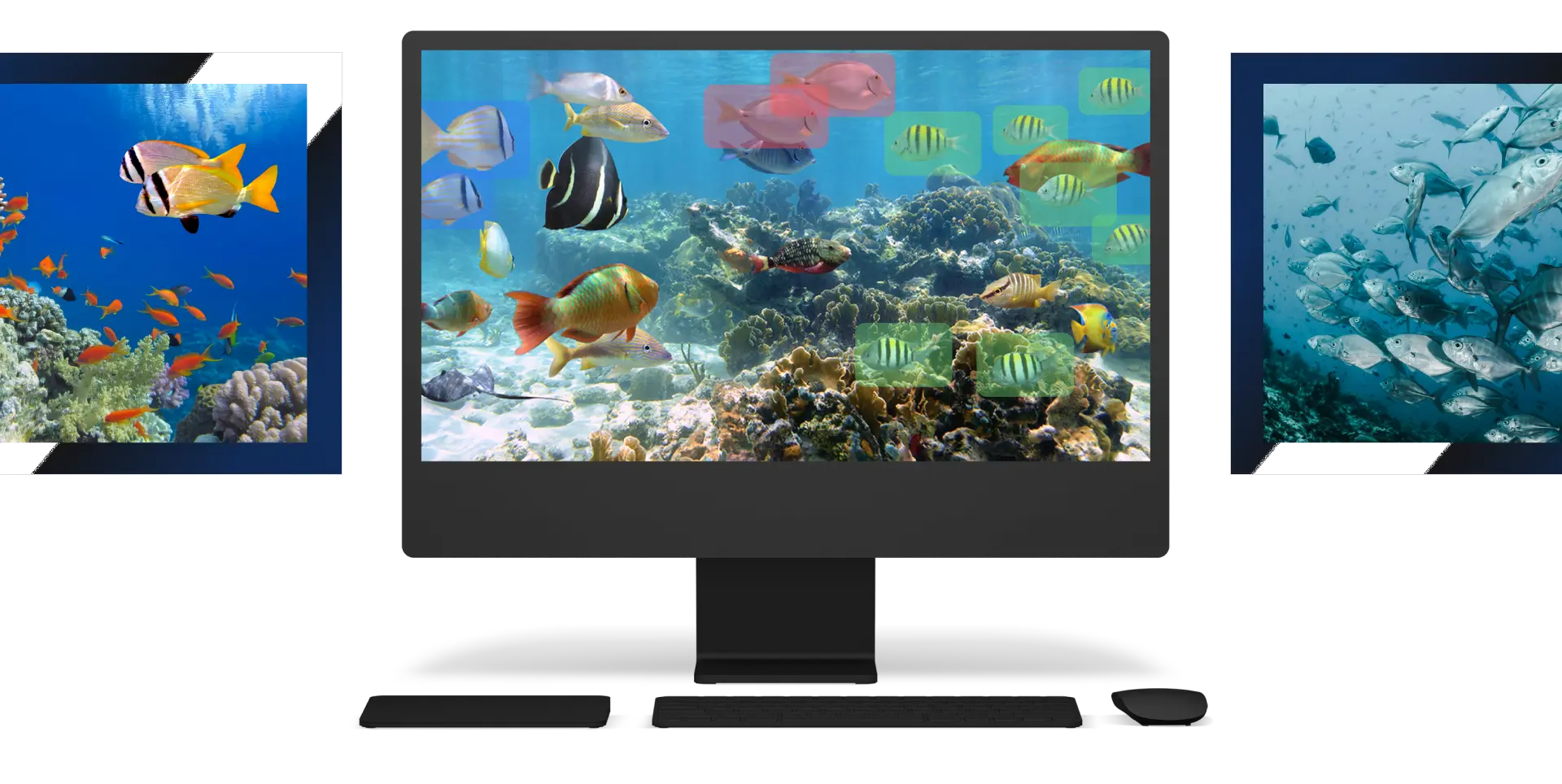
Turning visual data into actionable insights
Current Status
The new AI-based system has significantly improved the accuracy and efficiency of fish counting in Prince William Sound. The data collected is invaluable for scientific research, aiding in the understanding of weather patterns and ecological changes. PWSSC continues to expand its capabilities and partnerships, leveraging advanced technology to enhance its research and educational missions.

Tech Stack
